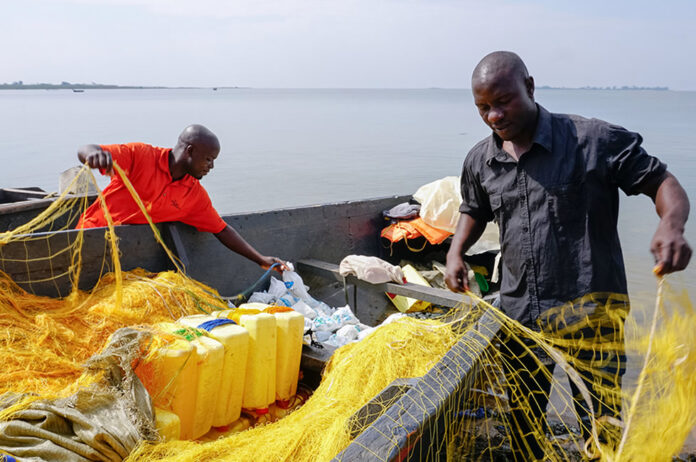The ministry is implementing the fisheries and aquaculture law including regional, guidelines and statutory instruments to streamline the fish maw value chain.
With the government’s strategic intervention and support from development partners such as FAO, aquaculture has picked up once again reaching 15,000 tonnes of fish currently (2005) produced from 20,000 pounds of an average size of 500 m2. Due to the limited availability of fish seed, carp has fallen out of favor, and North African Cartish, along with Nile tilapia, taken its place. Although fish farming in Uganda has so far been pond-and subsistence-based, the growing interest in commercial aquaculture is providing an impetus towards cage-culture based.
The new entrants, mostly from the middle and working class as well as the few businessmen, target specific and established markets. They have adopted improved production including inputs from technical experts for better planning and management. Period surface is in the range of 5 000 m2 to 50 000 m2 numbering 500, an estimated 20 percent to 30 percent of which are active.
This category includes commercial hatchery operator and a number of grow-out farmers who are already exporting to markets in the Democratic Republic of Congo, Kenya and Rwanda. Industrial and more intensified fish culture is only beginning to be established, largely through foreign direct investment or as joint ventures between local firms and foreign companies.
Most farms/companies at this level are only in the process of putting their infrastructure in place or are at initial stages of the production process. The majority of such companies is targeting production at the regional markets and plans to enter international markets by activating the currently non-utilized fish processing capacity in the country.
The Ministry of Agriculture, Animal Industry and Fisheries has identified 31 districts as suitable for fisheries and aquaculture development based on both natural and socio-economic factors. These districts are Mayuge, Jinja, Bugiri, Busia, Mukono, Mpigi, Wakiso, Masaka, Rakai, Mbarara, Bushenyi, Ntungamo, Kasese, Hoima, Masindi, Nebbi, Gulu, Adjumani, Arua, Kamuli, Soroti, Lira, Iganga, Toro, Pallisa, Mbale, Apac, Kabiramaido, Kabarole, Kamwenge and Kyenjojo. They are located around the country’s including Lake Victoria Crescent, Lake Kyoga basin, River Nile catchment, Edward-George complex. NARO developed fish smoking kiln (NAROFIK-3) to support processing of fish.

















